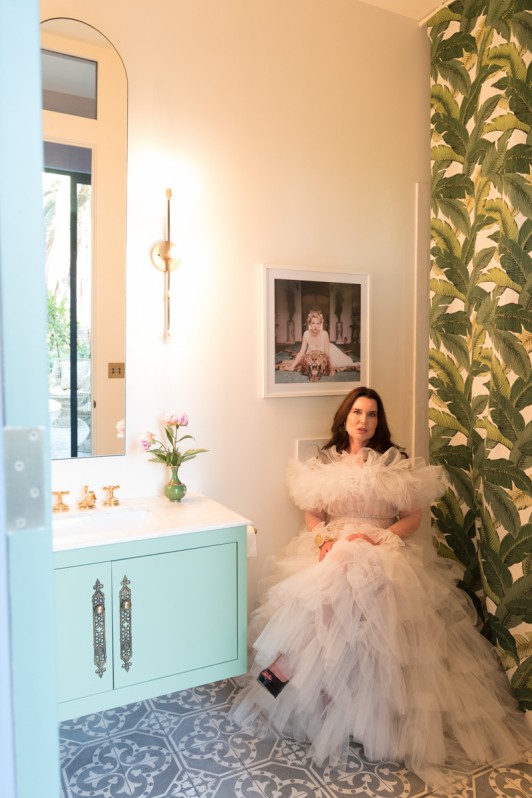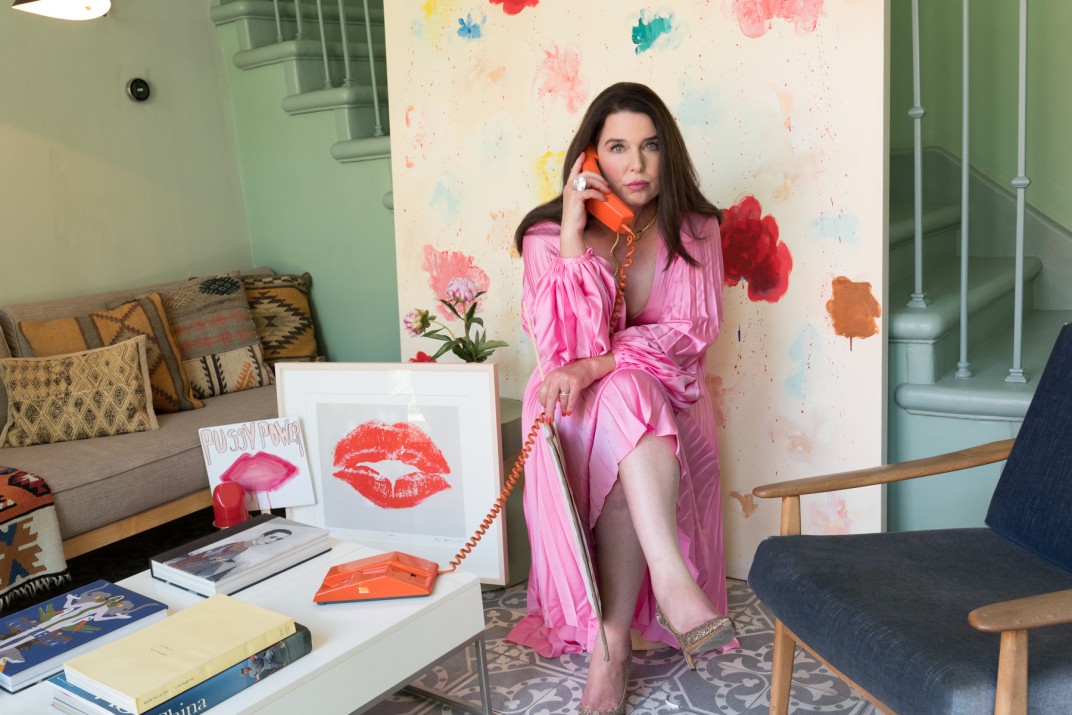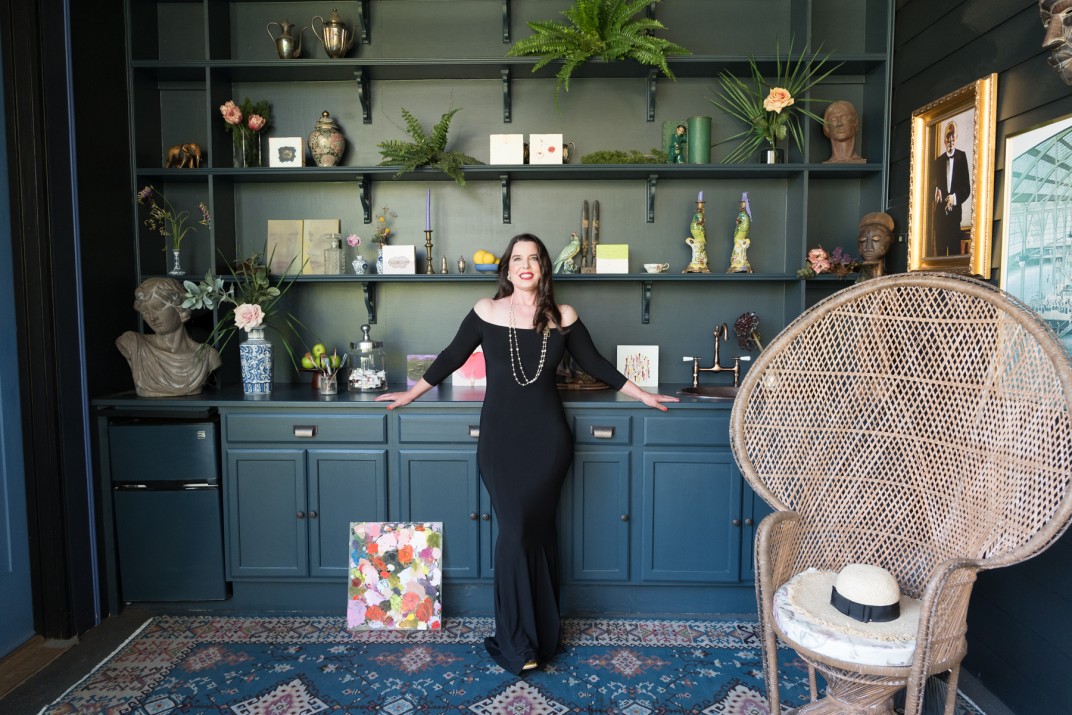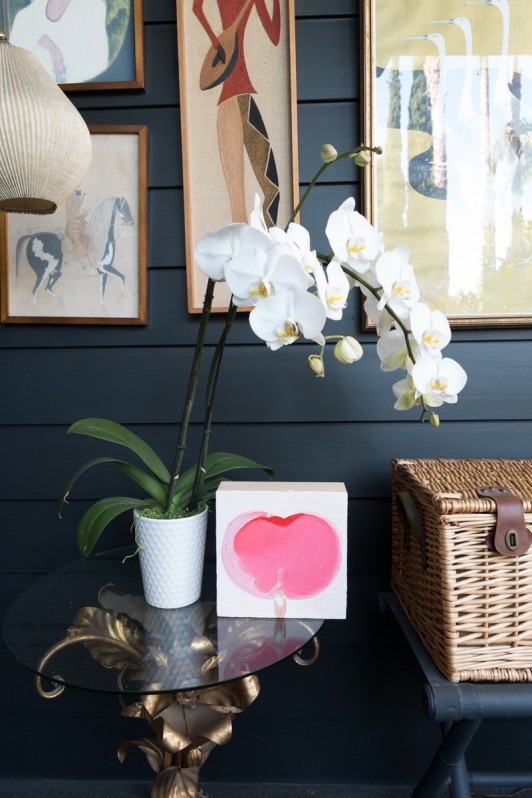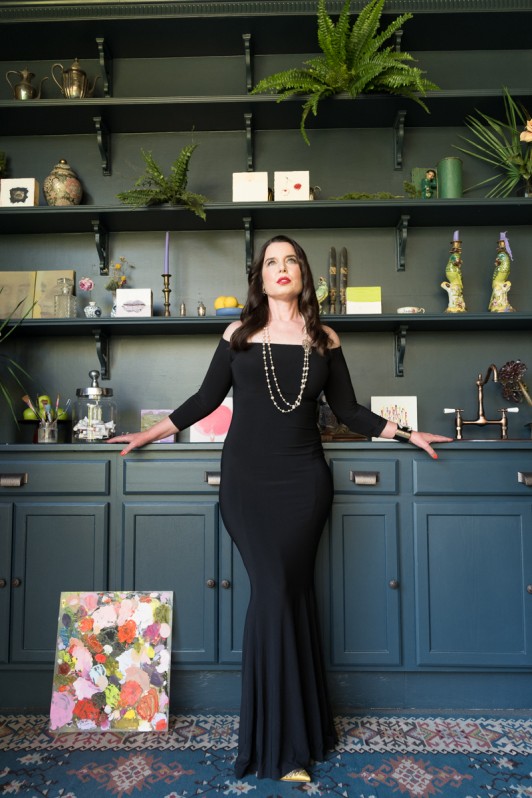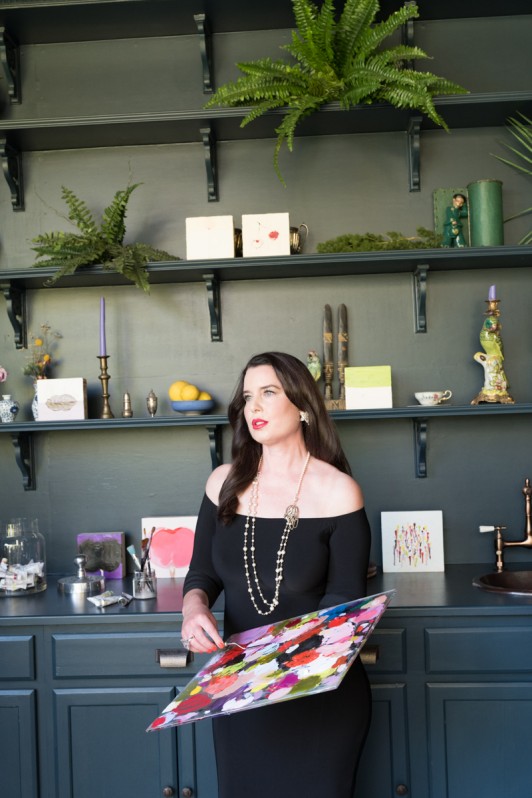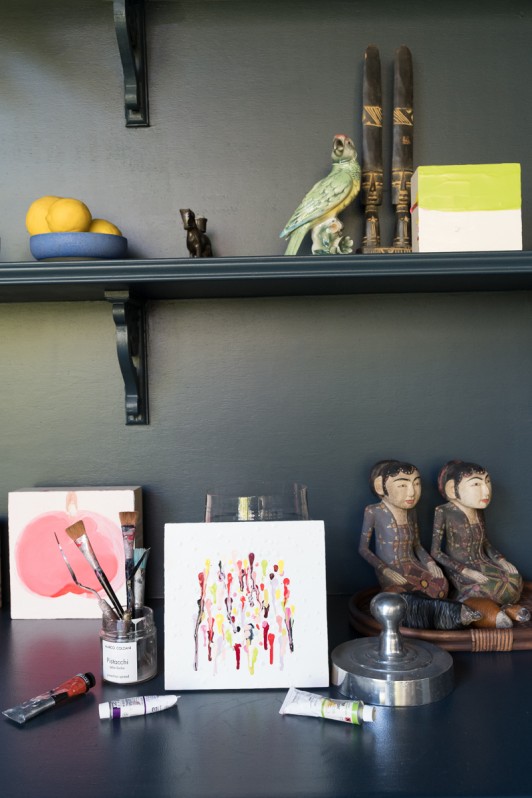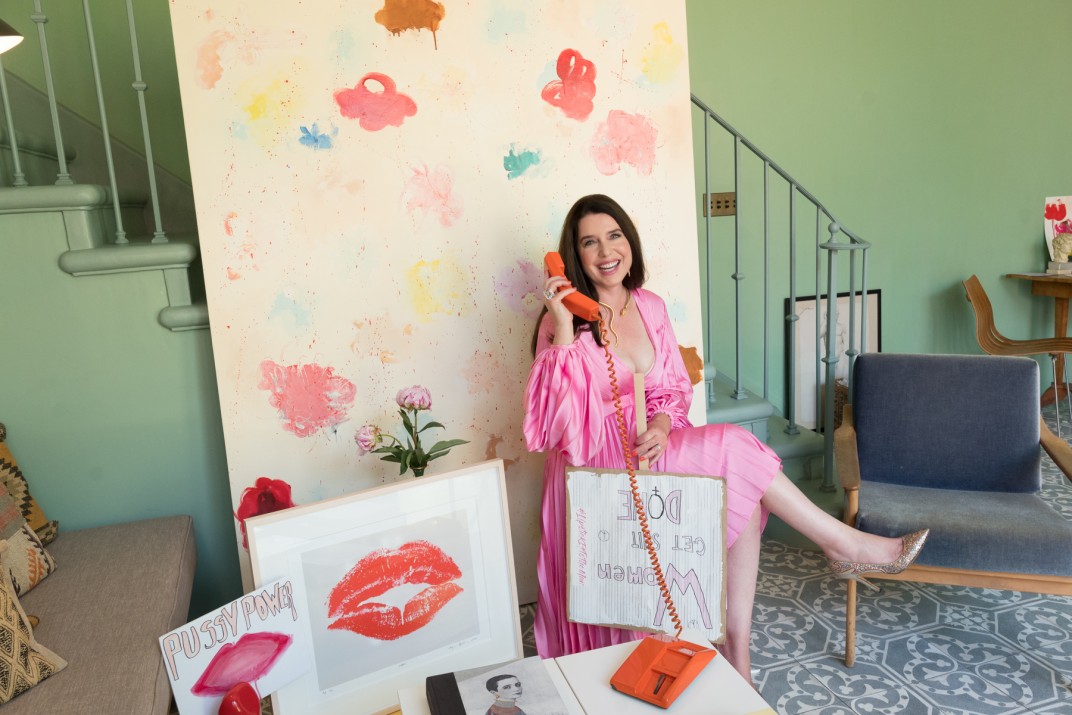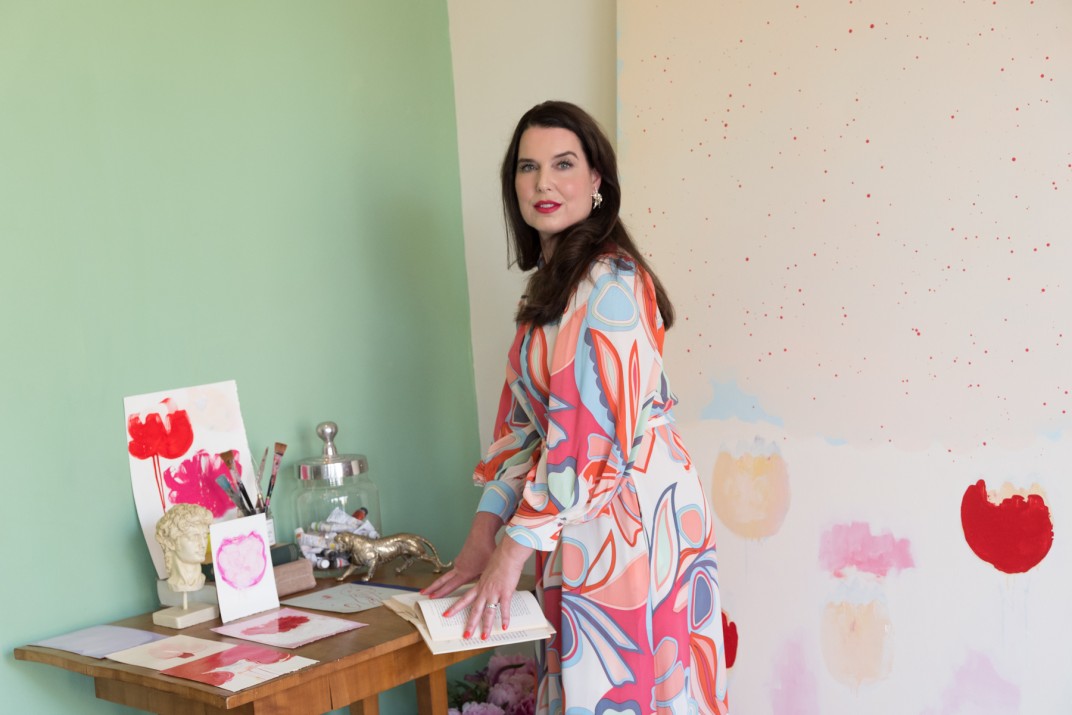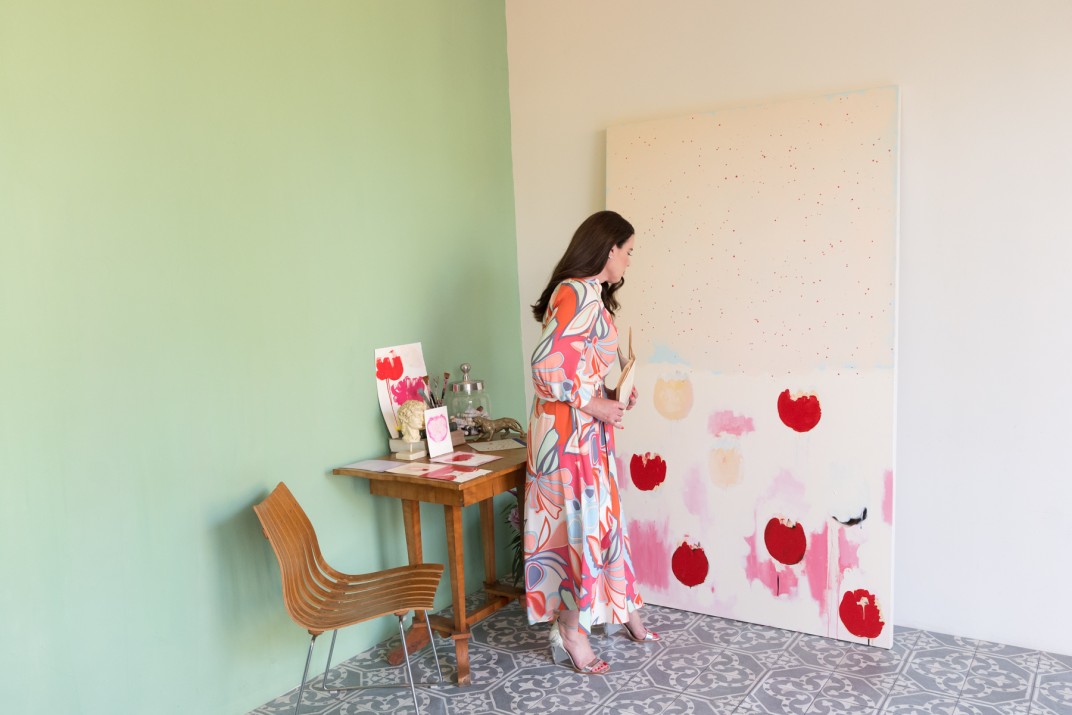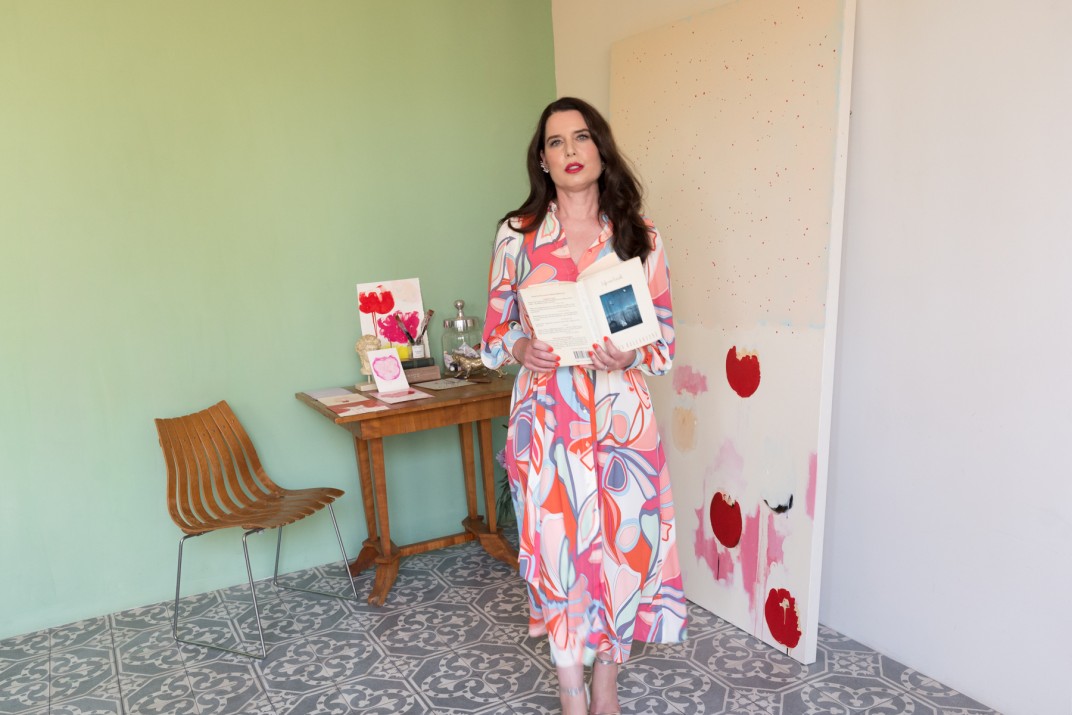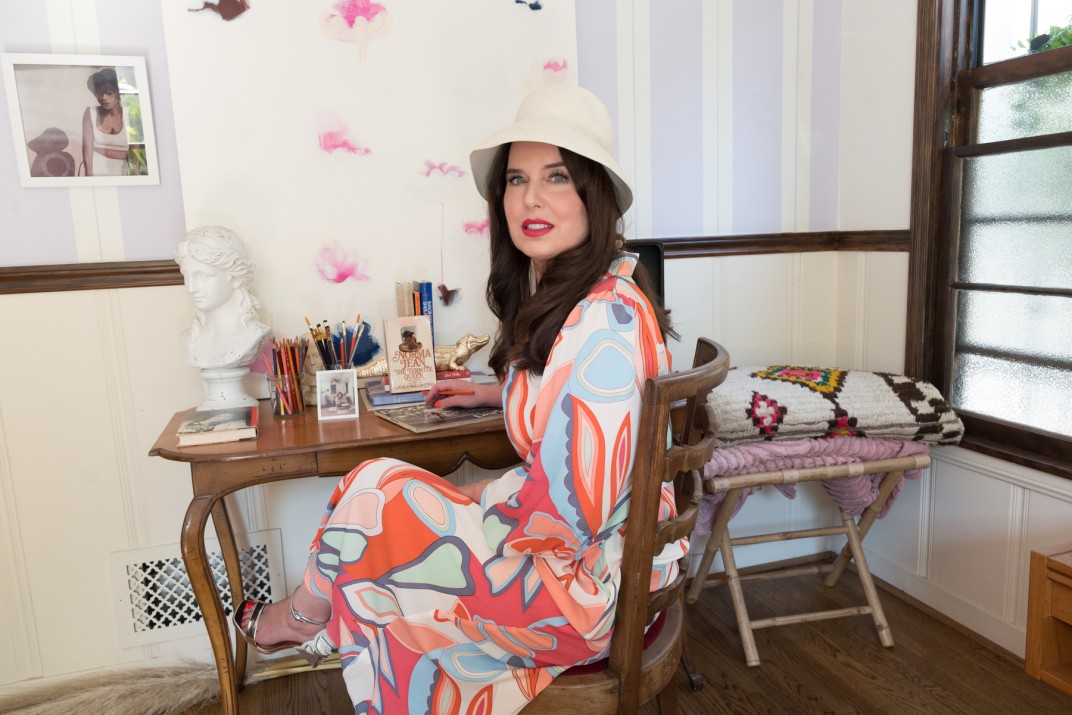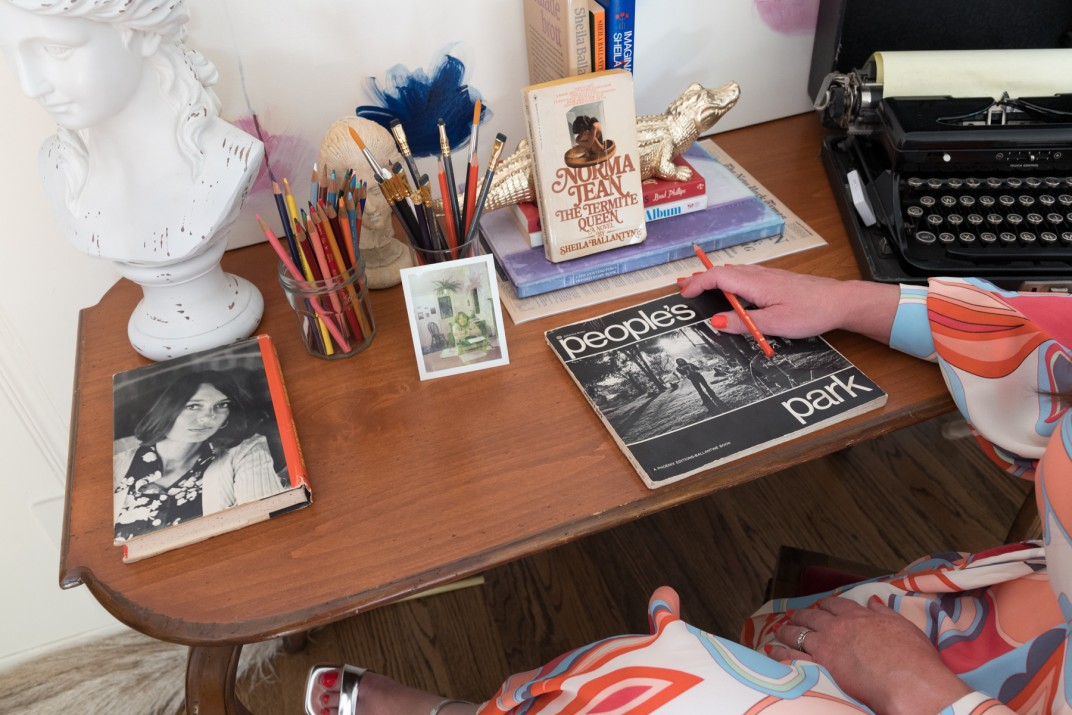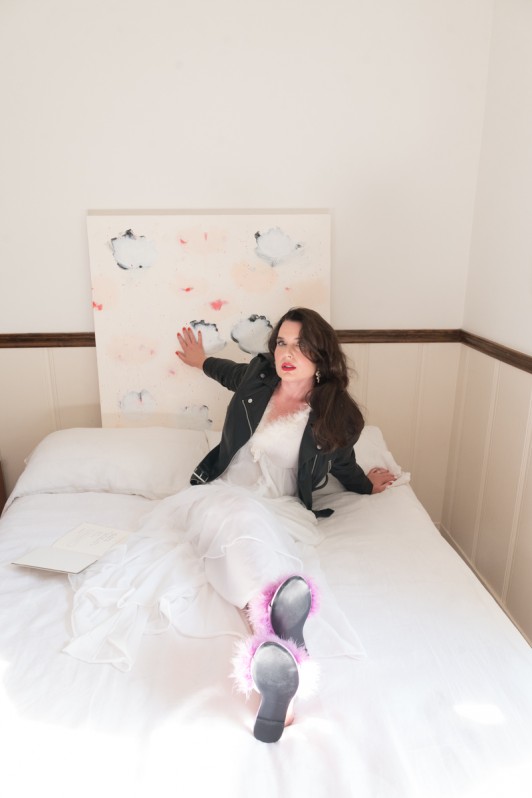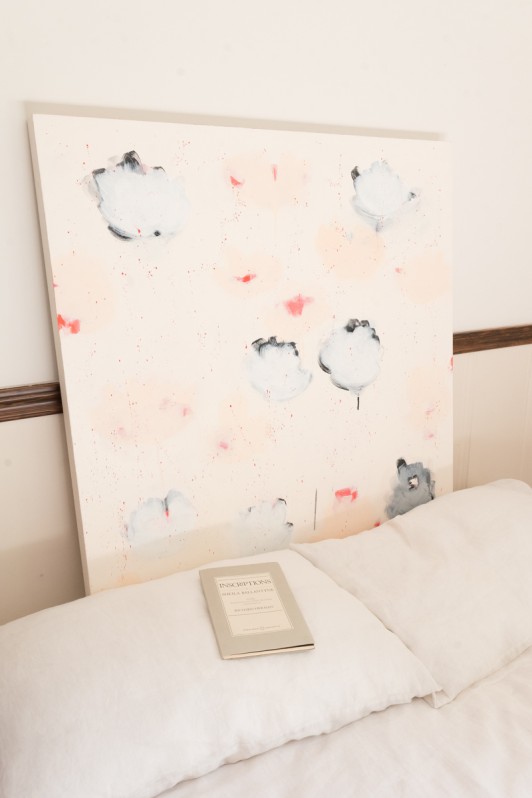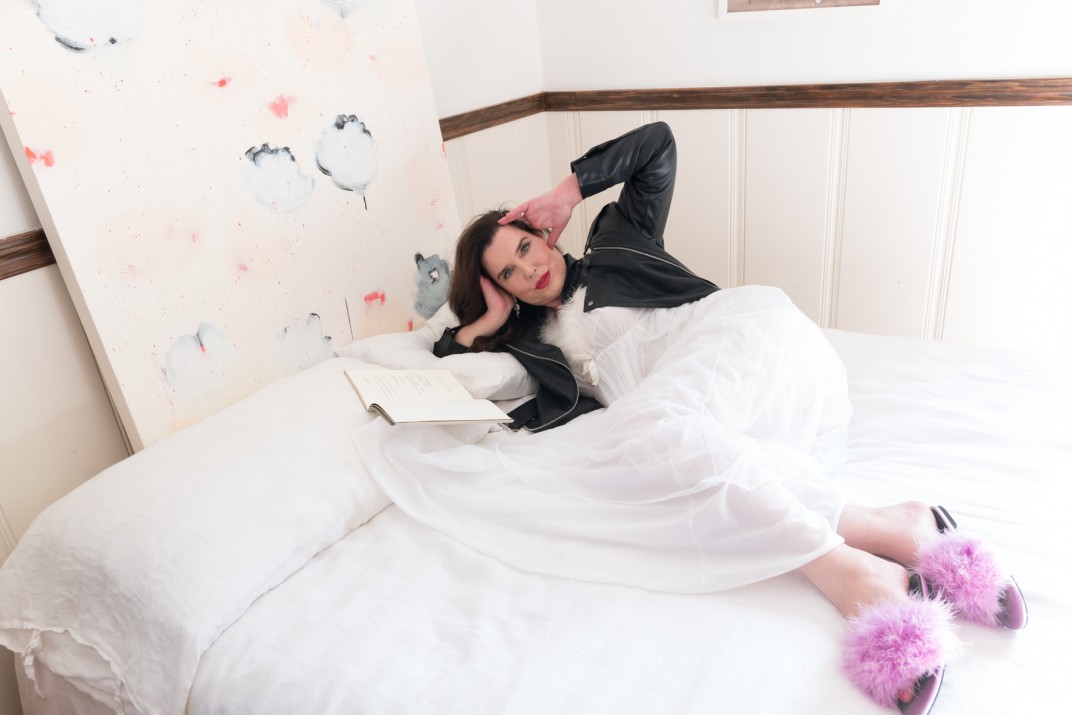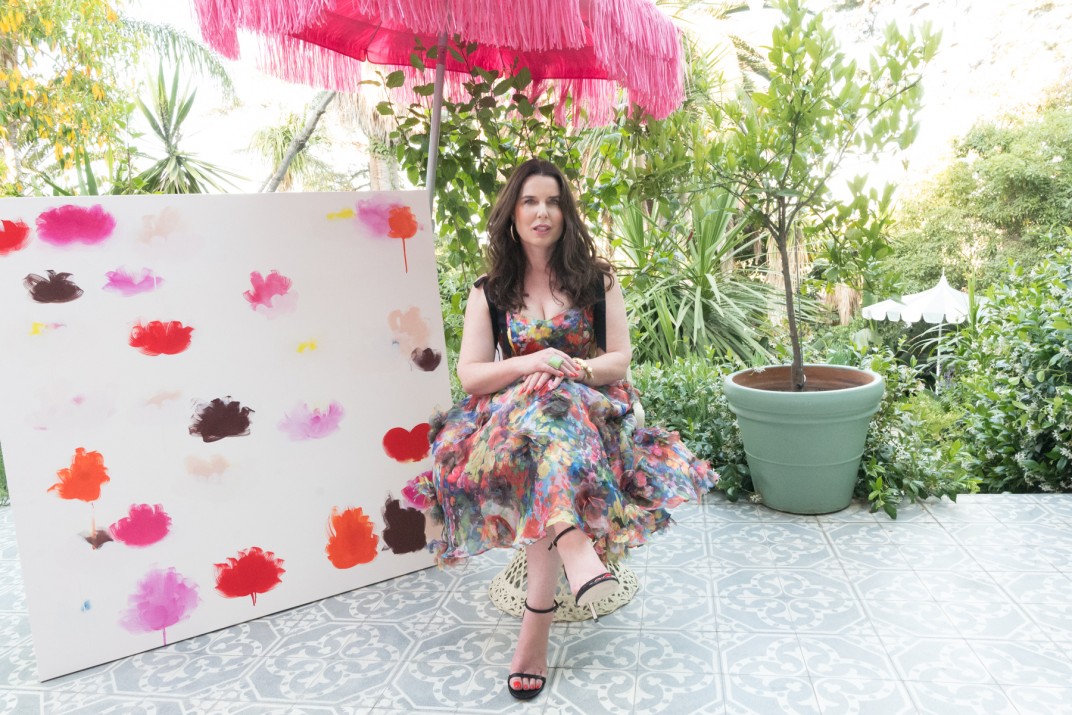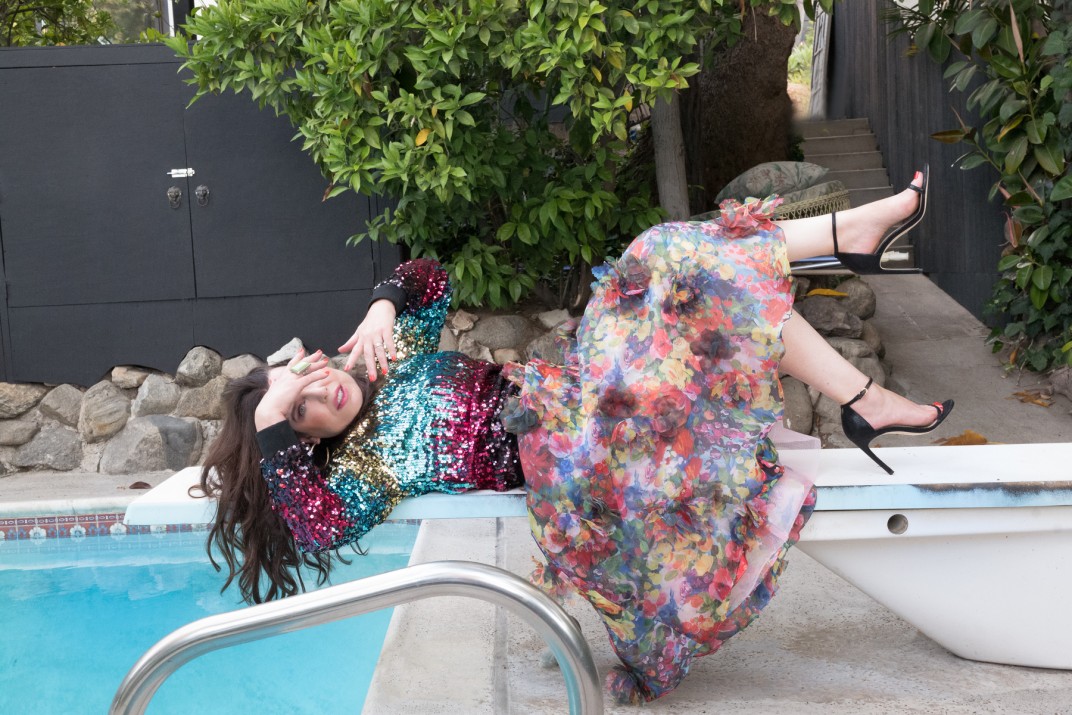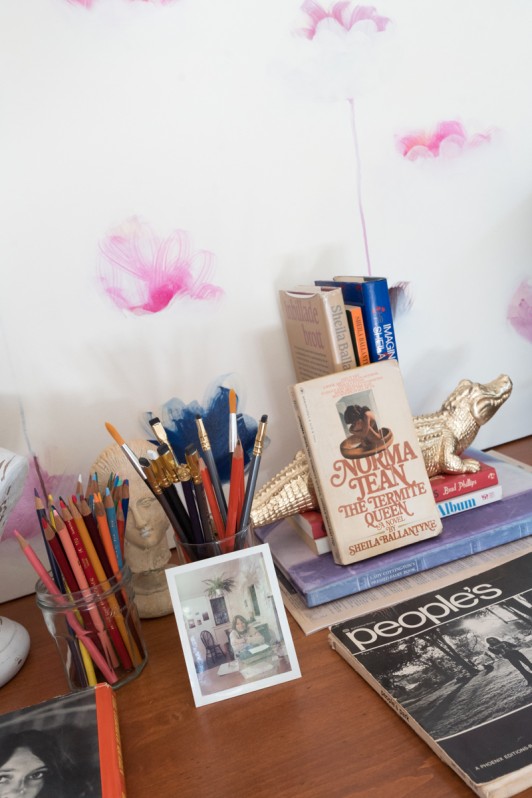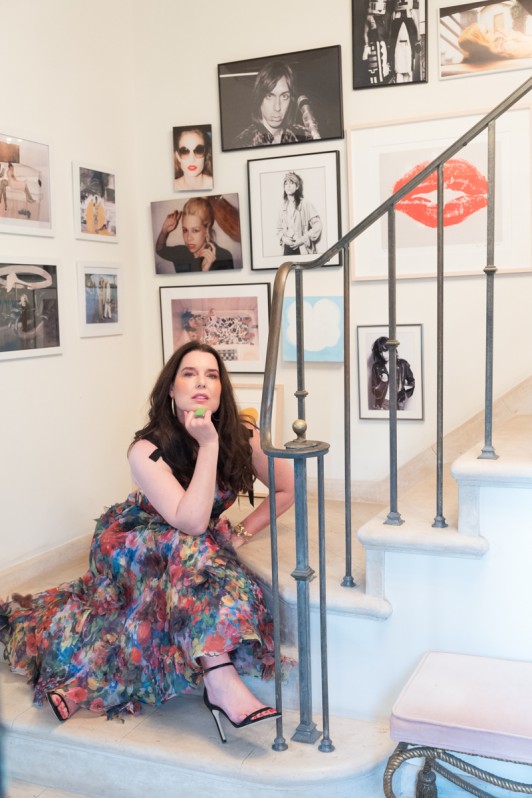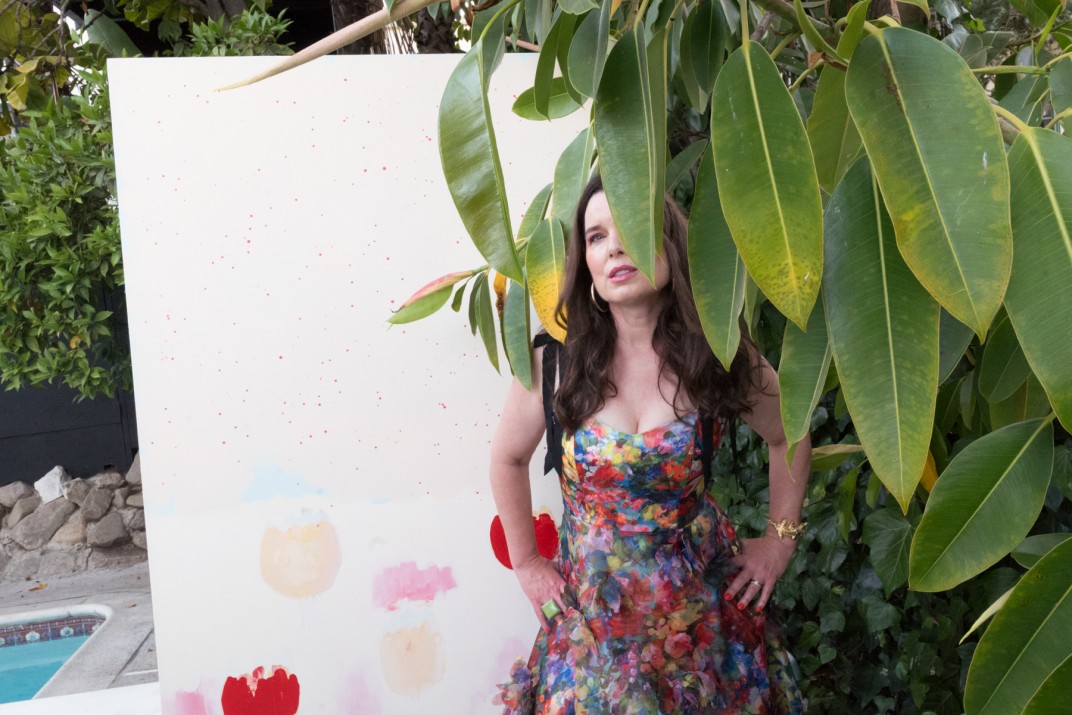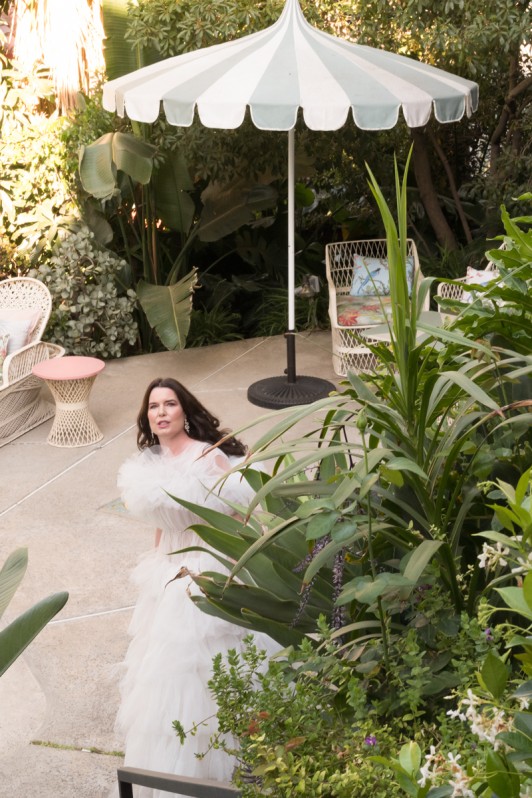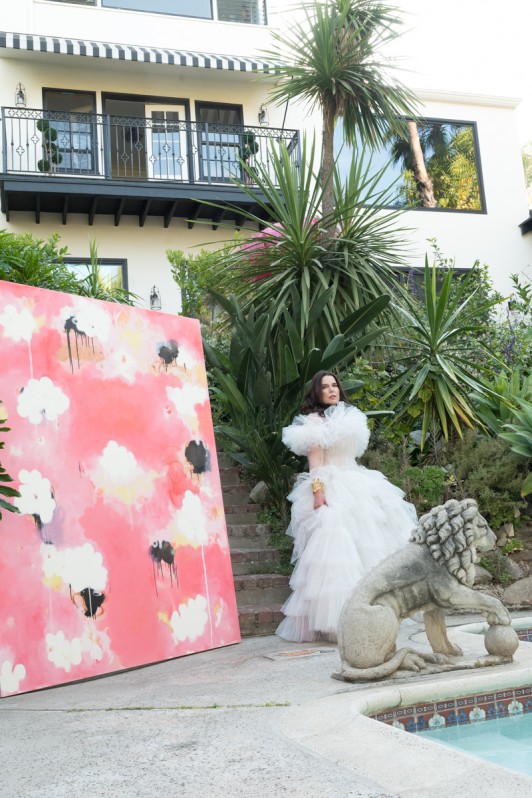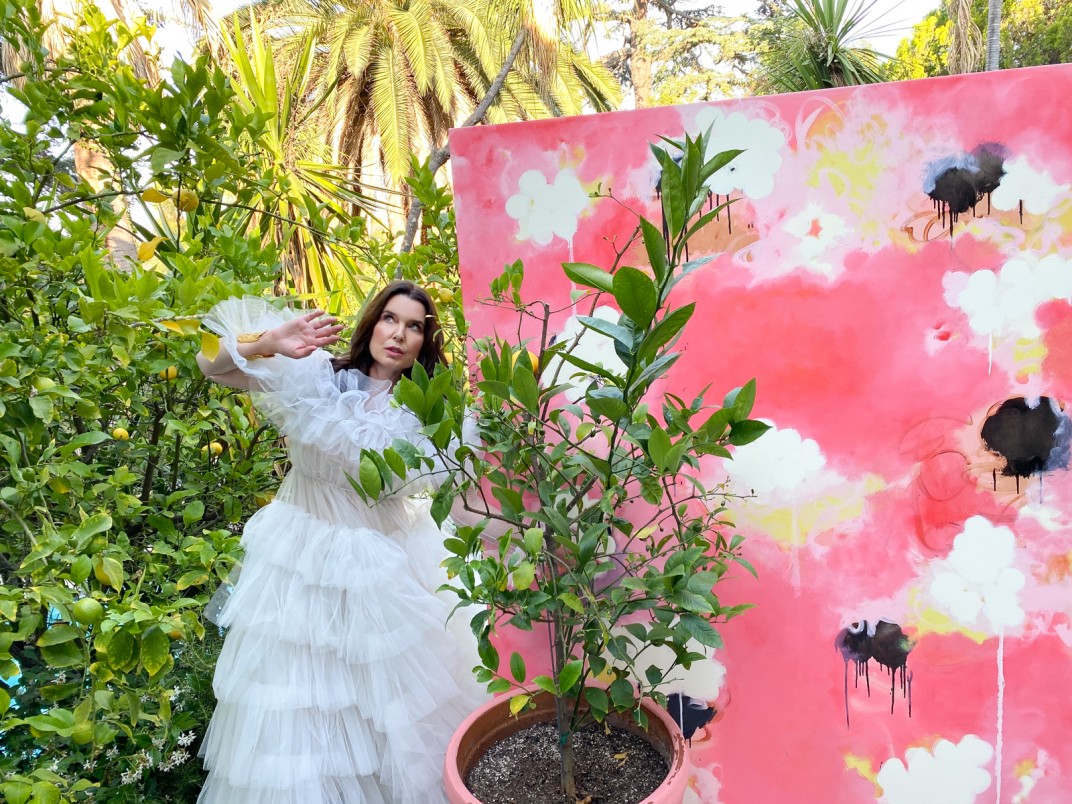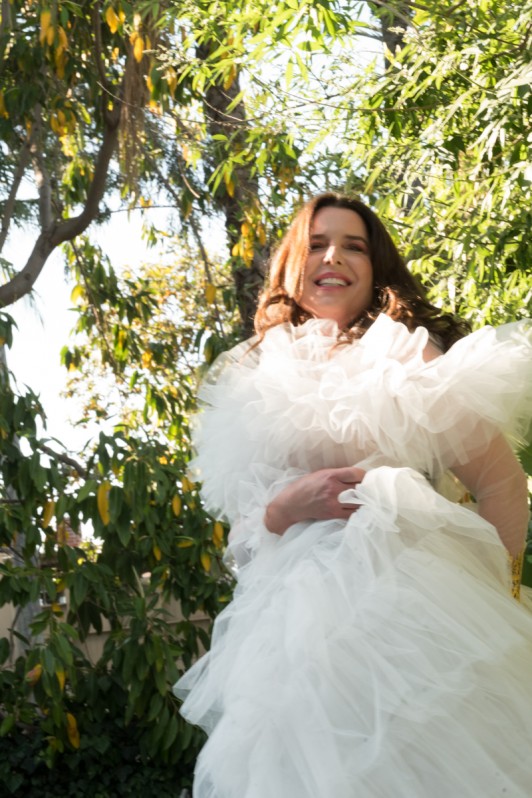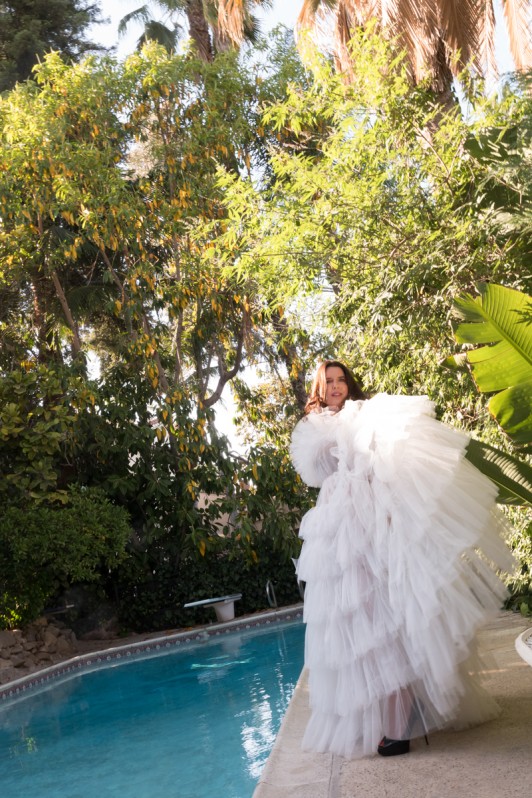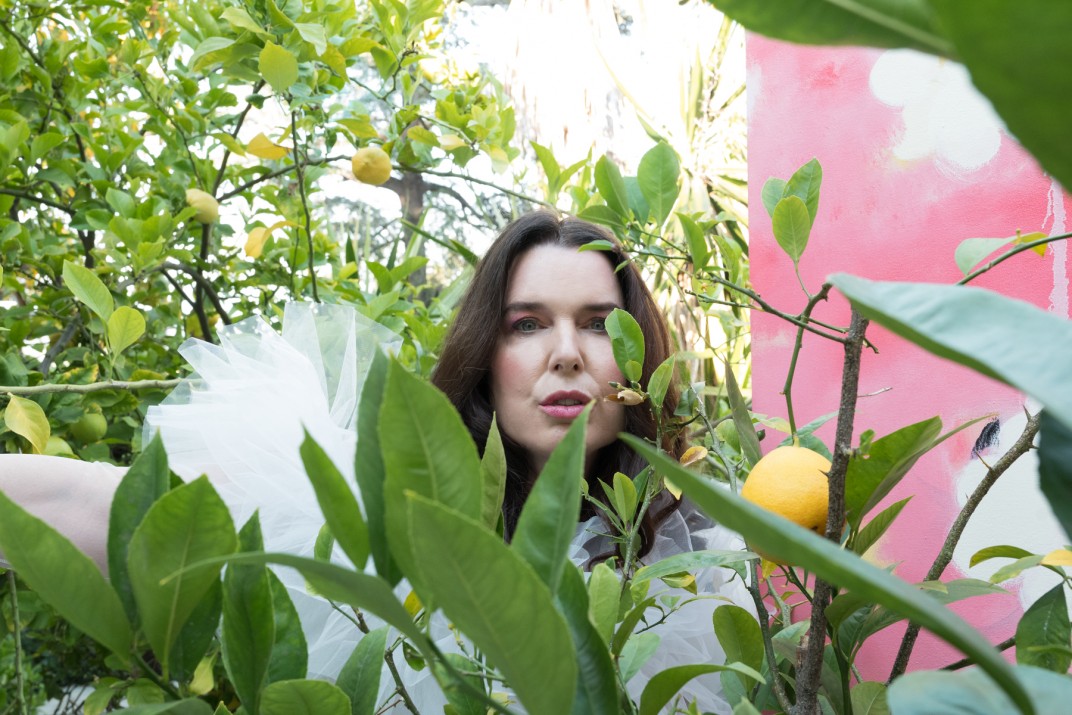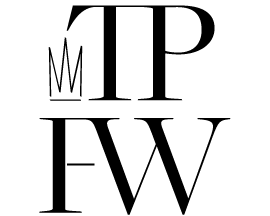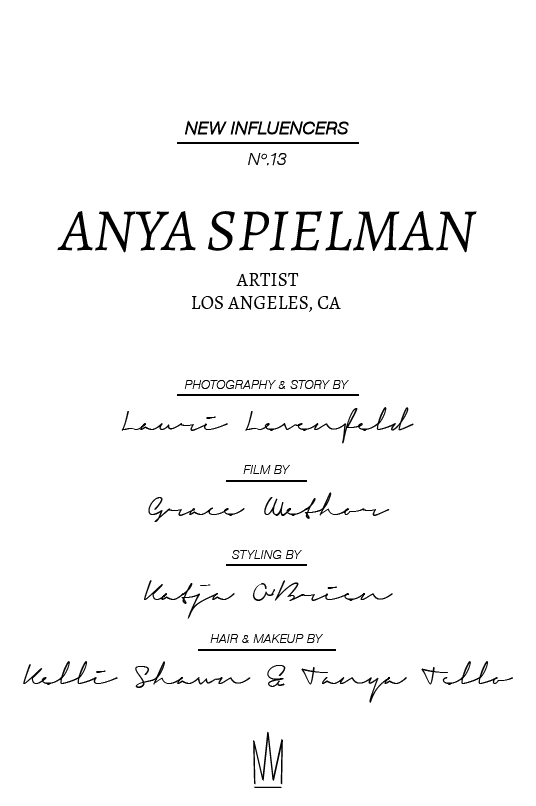|
5. How has your mother influenced you?
My mother, Sheila, also dealt with the conflicted duality of mother/author, which was evident early on when she insisted that my brother and I call her Sheila instead of mom (“I’m a person you know!”). She modeled for me, I believe, a wonderful example of the importance of her writing and how she loved us but also put her work at the forefront while raising us. She was a champion of social justice, taking us to protests. In fact, one of my earliest and most intense memories is being tear gassed in the People’s Park “Bloody Thursday,” that prompted Reagan to send in the National Guard in Berkeley. One minute my mom, auntie and I were protesting at Sproul Hall at UC Berkeley, the next moment we were marching down Telegraph Ave towards People’s Park, where my mother took my brother and me to till the dirt and plant flowers months earlier. In the People’s Park Book, there is a photo of my mom, auntie and me right before the chaos broke out, you can see me holding a balloon in my auntie’s arms and my mom next to us. When the crowd erupted, we were tear gassed and we fled to a nearby church where we waited until it was safe to get home. The next morning, the image on the front page of the paper, etched in my mind, of a bloodied man who had been shot by police, and others maimed and blinded. This violence didn’t deter my mother, who often took us to protests in the Bay Area.
My mother would leave the family usually every year or two to go to The MacDowell Colony for 2-3 months at a time to write. These periods were hard on the family as my brother and I would do all the domestic duties at a young age. We became quite independent, cooking for my father when he would come home from work and getting around by bus to doctor’s appointments etc. My father had more trouble with these absences, but I knew my mom was doing something necessary and important, and I admired her for it, and also enjoyed her better moods when she would return. My mother, Sheila, is my greatest influence. She was fierce as hell, loving, generous and kind, brilliant and a wit that was truly original. She was a rebel and paved the way for me to be whomever I wanted to be.
6. How do you navigate the two worlds of being a mother and an artist?
Navigating the dichotomy of mother/artist, is similar to the push/pull in the act of painting itself. I waited until I was older (mid-thirties) to have children as I wanted to further my career in NYC first. When my dad sent me a 60 minutes tape from California, sounding the alarm of aging eggs and the clock ticking on motherhood, I realized I didn’t have all the time in the world. When Sept. 11th hit and I fled my day job in Rockefeller Center thinking we were going to die I had the epiphany, “Shit, I didn’t have children!” My daughter Sabine was conceived shortly thereafter. I continued to exhibit in NYC and beyond, taking my four-month old daughter on the subway in a baby bjorn to her first show of her mother’s in Chelsea. At 37, I had to make a profound decision to have another child or to settle with one. I had always wanted two children, but knew that the limitations and challenges would be even more daunting (including financially). I was lucky to have a beautiful little girl, yet I knew I wanted Sabine to have a sibling. Aligning with my life’s philosophy, I often take risks and make calculations to live life fully. Our charismatic son, Milo came into the world on the opposite coast in California. The early years raising kids with a chef husband who worked 16-18 hours a day were isolating and exhausting. I had no help or family around, yet I loved being engaged with the kids and watching them grow. Having given up my Chinatown studio in NYC, I made a new studio in our garage in Ojai. I would do most of my work at night when the kids were asleep.
|
I actually had a lot of important career developments occur when the kids were 1 and 3. In 2007, I was selected for the prestigious AIE program (Art in Embassies) by The US Department of State, as well as, awarded the American Artist Abroad Program to serve as an Art-Ambassador in Uruguay exhibiting, teaching and lecturing. I also had a pivotal solo exhibition in the Bay Area that I had to work on for a year, while the kids tore around me with boundless energy and while my two beloved parents were dying after years and years of debilitating diseases. In fact, I traveled to Uruguay representing the United States just months after my parents’ deaths which was surreal. The extremes of the duality of my life: my ill parents (their need for me and my brother to take care of them) coupled with my need to take care of my young children (our nuclear family) while producing on a prolific level, was one of the most challenging times in my life.
7. A lot of your work lends itself to a conversation of duality or “twin imaging”. Please explain.
Duality in my work charts the way I see and interpret the natural world. Just like in nature, beauty co-exists with chaos. There are often two things that occur simultaneously and that can translate into a powerful tension. I literally used to paint two objects, or twin images, quite a bit in my early work, but then it evolved into more of a psychological terrain where this tension is explored more abstractly or inferred. For instance, in my work, Pop the shape is ambiguous it could read as a flower, lollipop but it also has sexual tones and looks like an erotic body part. In Tweet, the shape is not recognizable at first and it evokes a serene cloud-like image but the title gives a hint and the shape now looks like a tweet. The hidden reference is that the main color of the shape is the color of the former President’s hair and the hideousness and vile spewing that the county had to endure for four hellish years via his abusive tweets, again has a dual meaning. It is also an example of my political works that move through me in response to the times. In works like, Candy, the duality is more of a feeling. There is mostly an airy and transporting feeling in the painting, but the blotches of dark umber and hint of acid green suggests something more somber and looming. I am interested in the layers of humanity and inhumanity and how they exist together.
8. What is your modern day story?
My modern day story is living a life that is true to oneself. It isn’t perfect, it is often complicated navigating the line between stability and having ambition as an artist and to always strive higher while knowing that a lot of my hard work may not pay off until much later in my life or after I am dead. But that isn’t the point; to make art is my life’s work, and I have done it on my terms.
9. What are top of mind topics today that you feel a responsibility to comment and reflect on in your art.
My work has always had a pulse on what is current, what is happening in society and the world today – in an uncanny and intuitive way, I seem to have moments of history processed through my lens as an artist and what comes out sometimes even surprises me, referencing the time we are experiencing as it happens. For instance, my work has always been political. I’ve done paintings and collages about violence against women, the Croatian war, the former administration, Black Lives Matter, Family Separation and Trauma at the Border, and the ongoing attempts to overturn Roe vs. Wade.
10. What iconic women inspire you?
Harriet Tubman, Gloria Steinem, Louise Bourgeois, Nina Simone, Natalie Wood, my daughter, my mother, my friends. Brave, original, fierce and loving women inspire me.
|
